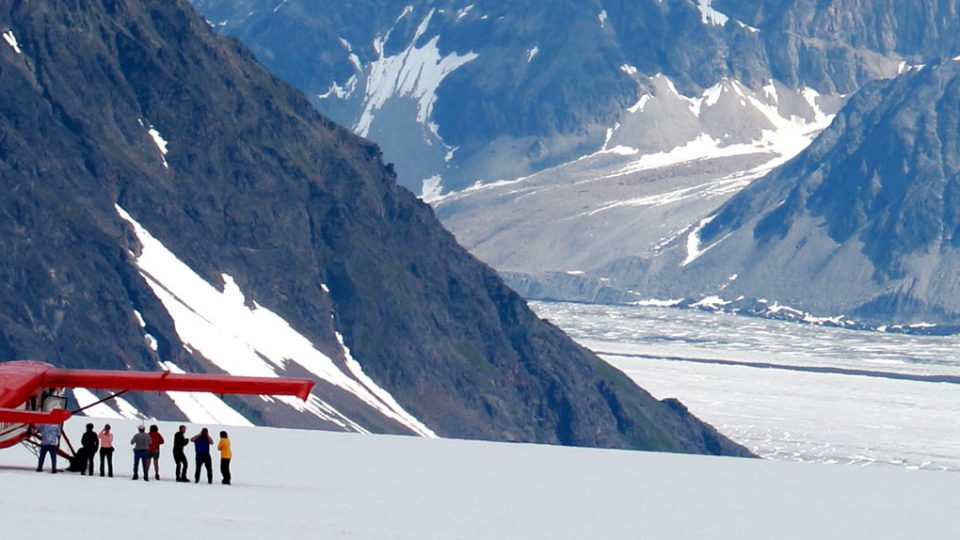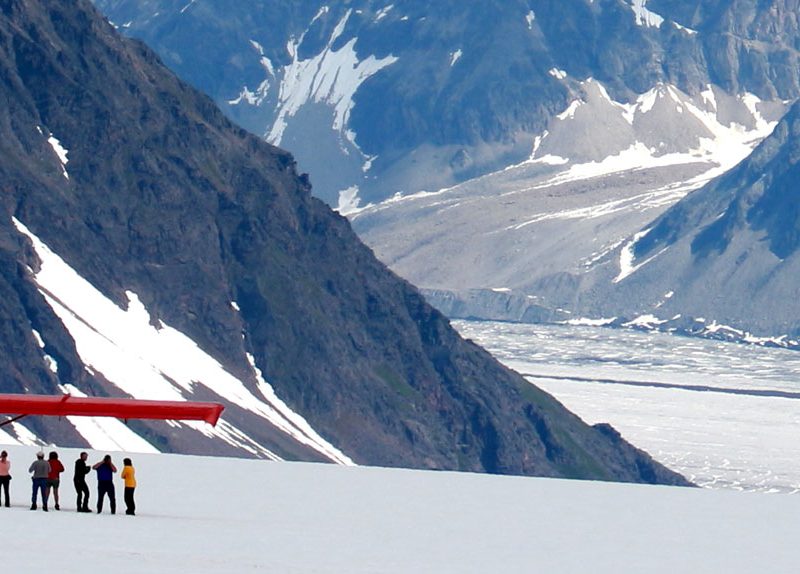Known, appropriately, as the Last Frontier, Alaska is a land of unfathomable natural beauty, a state so vast and wild that parts of it remain unmapped today.
Everything about Alaska nudges the extreme end of the scale. The largest state in the USA, it boasts some 3 million lakes, 3,000 rivers, 100,000 glaciers and 17 of America’s 20 highest peaks.
These untamed landscapes harbour a diverse range of wildlife, including Kodiak bears, giant moose and the iconic bald eagle, whose shrill call echoes the grandeur of this state.
For adrenaline junkies, Alaska offers a big hit. Mt McKinley, the highest point on the continent, rises 6,194m (20,320ft) in Denali National Park and tempts climbers from around the world to tackle its snowy peak.
Elsewhere, kayakers paddle beneath jumbo glaciers with humpback whales, while skiers and snowboarders whoosh up the Chugach Mountains by helicopter and glide back down on virgin powder.
Sailors favour the legendary Inside Passage, a scenic coastal route that is becoming increasingly popular with cruise passengers, who can moor up at aboriginal villages and dock at the former Russian city of Sitka. Further afield anglers hunker down in rustic fishing lodges, hooking Pacific halibut and king salmon for supper.
Whatever visitors come for, most kick off their trip in Anchorage, Alaska’s largest city, home to 40% of the state’s population. But it’s not long before they are lured away from the lights and into the vast wilderness, which brings out the trailblazer in even the most sedentary traveller.


